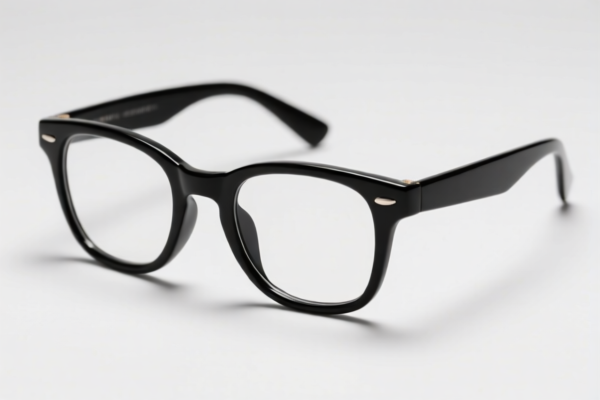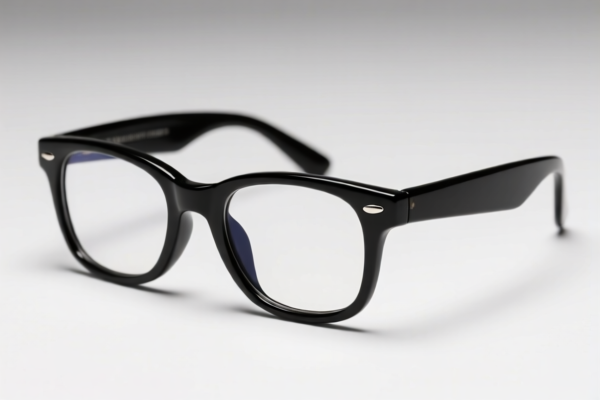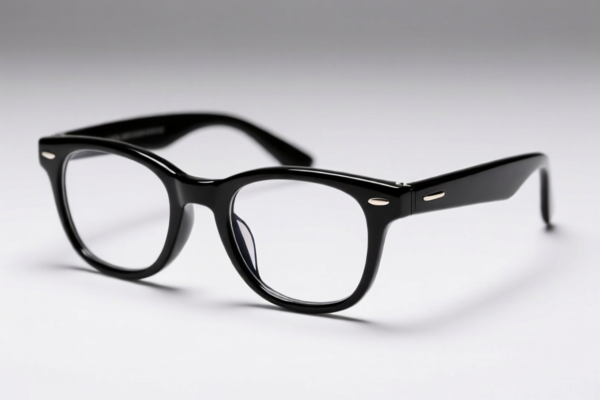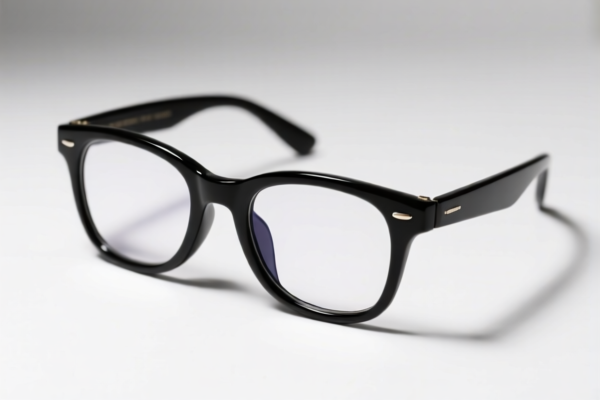| HS Code | Official Doc | Tariff Rate | Origin | Destination | Effective Date |
|---|---|---|---|---|---|
| 9106908500 | Doc | 15¢ each + 2.3% + 0.8¢/jewel+55.0% | CN | US | 2025-05-12 |
| 9105995000 | Doc | 7.5¢ each + 3.2%+30.0% | CN | US | 2025-05-12 |
| 9105996000 | Doc | 23¢ each + 3.2%+37.5% | CN | US | 2025-05-12 |
| 7013491000 | Doc | 50.0% | CN | US | 2025-05-12 |
| 7013993000 | Doc | 46.5% | CN | US | 2025-05-12 |
| 7010905055 | Doc | 55.0% | CN | US | 2025-05-12 |
| 7020006000 | Doc | 60.0% | CN | US | 2025-05-12 |
| 7020003000 | Doc | 55.0% | CN | US | 2025-05-12 |
| 9617001000 | Doc | 37.2% | CN | US | 2025-05-12 |
| 9617006000 | Doc | 37.2% | CN | US | 2025-05-12 |




Hourglass
An hourglass, also known as a sandglass, sand timer, or egg timer, is a fragile timing device consisting of two interconnected glass bulbs with a narrow neck between them, allowing a measured flow of sand to fall from the upper bulb to the lower bulb over a set period.
Material:
- Glass: Traditionally, hourglasses are made of glass, typically borosilicate glass due to its resistance to thermal shock and chemical corrosion. Modern hourglasses may utilize acrylic or plastic for increased durability, particularly for novelty items.
- Sand: The sand used is specifically chosen for its consistent grain size, dryness, and flow rate. Silica sand is common, but other materials like glass beads or metallic particles can be employed for visual effect.
- Frame/Housing: Hourglasses often have a wooden, plastic, or metal frame to protect the glass and provide a stable base.
Purpose:
The primary purpose of an hourglass is to measure a specific duration of time. Historically, they were crucial for navigation, astronomy, medicine, and industrial processes where precise timing was needed. Today, they are primarily used for recreational timing, decorative purposes, and as a visual representation of the passage of time.
Function:
The function relies on the consistent flow rate of sand through the narrow neck connecting the two bulbs. The amount of sand and the size of the neck are calibrated to provide a specific time interval. Once all the sand has fallen, the hourglass can be inverted to begin the timing process again. The accuracy is affected by factors like sand quality, humidity, and the angle of the hourglass.
Usage Scenarios:
- Timing Games: Board games, card games, and puzzles often use hourglasses to limit the time allowed for a player's turn.
- Cooking: Used as a visual timer for tasks like boiling eggs or steeping tea.
- Meditation & Mindfulness: The visual flow of sand can be used as a focal point for meditation and to encourage present moment awareness.
- Scientific Experiments: Although less common now, they were used in early scientific measurements.
- Decorative Item: Hourglasses are frequently used as ornamental objects and collectibles.
Common Types:
- Standard Hourglasses: Typically measure intervals of 1 minute, 5 minutes, 30 minutes, or 1 hour.
- Small Decorative Hourglasses: Often feature shorter durations (e.g., 30 seconds, 2 minutes) and are used primarily for aesthetic purposes.
- Large Hourglasses: Can measure longer durations (e.g., several hours) and are often used as statement pieces.
- Multi-Hourglass Sets: Contain multiple hourglasses with varying durations for more complex timing needs.
- Liquid Hourglasses: Use a viscous liquid instead of sand, offering a different visual effect and potentially more precise timing in some applications.
Hourglasses are time recording apparatuses. Based on the provided reference material, the following HS codes may be relevant:
- 9106908500: This HS code covers “Time of day recording apparatus and apparatus for measuring, recording or otherwise indicating intervals of time, with clock or watch movement or with synchronous motor (for example, time registers, time-recorders): Other: Other: Other: Other”. This is a broad category encompassing various time-measuring devices.
- 91: Chapter 91 relates to measuring, checking, testing, navigating and similar instruments and apparatus.
- 06: Heading 06 specifically covers time recording apparatus.
- 90: Subheading 90 further specifies “Other” types of time recording apparatus.
- 85: Further specifies “Other” types.
- 00: Represents the final classification within this specific category.
According to the provided reference material, the HS code options related to 'hourglass' are limited, with only the following 1 found.
Regarding HS code 9106908500, the applicable tax rate is 15¢ each + 2.3% + 0.8¢/jewel, with a 25.0% additional tariff currently in effect, increasing to 30.0% after April 2, 2025. The total tax rate is 15¢ each + 2.3% + 0.8¢/jewel + 55.0%.
Customer Reviews
No reviews yet.